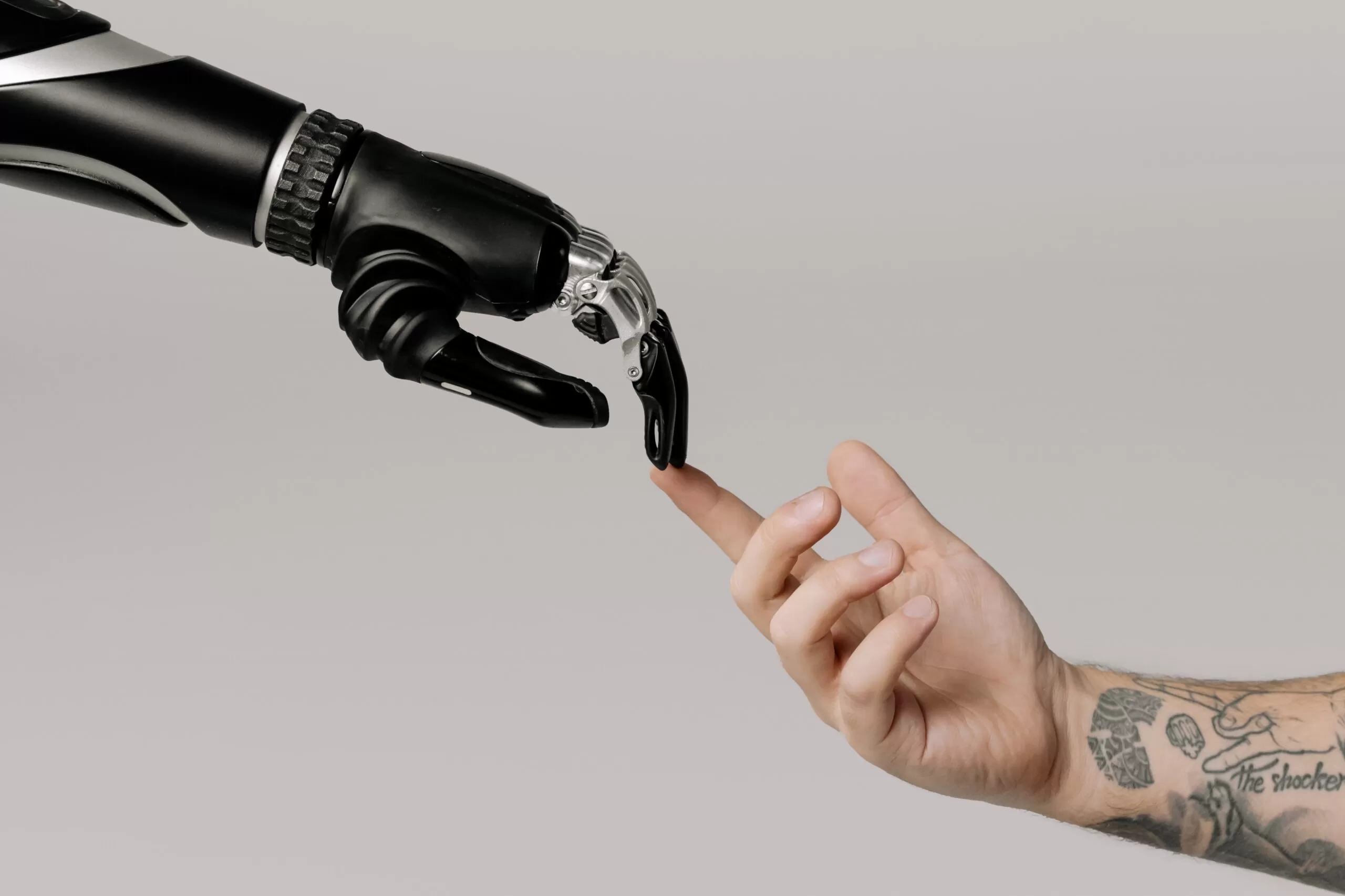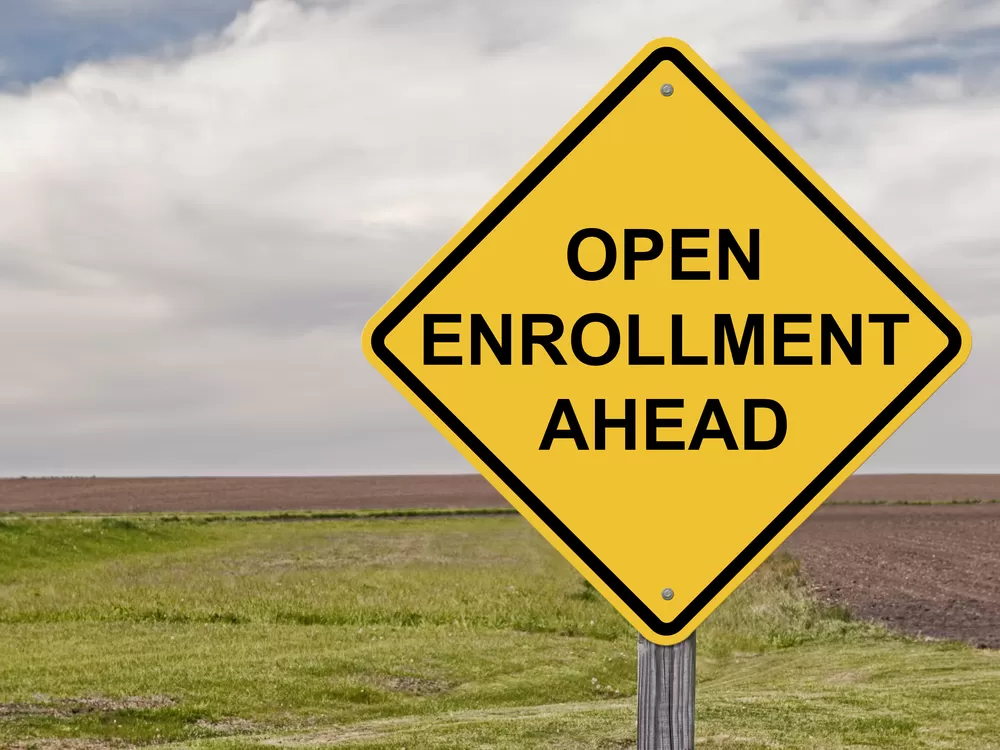Since the introduction of ChatGPT in 2022, the AI text prediction software has taken the world by storm. People across a wide range of industries have found ways to incorporate it into their workflow and make their jobs and lives easier. Similarly, HR can also benefit from ChatGPT if it’s integrated properly with your HR software.
What Is ChatGPT?
First, it’s important to understand exactly what ChatGPT is and what it isn’t. Despite being an artificial intelligence, it’s not conscious or autonomous like the droids in Star Wars. ChatGPT is a large language model, which means that it learns from a large amount of human-produced input for training. When prompted, ChatGPT then uses patterns learned from that data to predict what word should come next in formulating a response to a query. This is how ChatGPT appears to be answering questions and providing responses like a human might.
How Accurate Is ChatGPT?
It’s important to note, however, that ChatGPT is frequently incorrect. It can’t tell whether the input it’s receiving is accurate or not and therefore can output wrong information. However, it can still be incredibly useful as long as a human expert in a field is double-checking any information that ChatGPT provides.
How Can You Integrate ChatGPT With HR Software?
There are many tasks that ChatGPT can help with. They range from aiding in writing inclusively and customizing learning materials to creating employee surveys and developing interview questions. The following are some of the best ways you can integrate ChatGPT with your HR software to maximize the effectiveness of its features and tools.
#1: Creating Job Descriptions
The job description represents a candidate’s first impression of your company. It’s essential to get it right and ChatGPT can help you with that. You can ask the AI chatbot to help you to write descriptions for everything from a job listing to HR policies and employee handbooks. You can also ask ChatGPT to help you to make your writing more inclusive. This is essential in a job listing because you could inadvertently turn away qualified candidates just by how the listing is worded. For example, women may avoid applying for a job that is described as a “salesman” either because it specifies a man or because it implies that the company isn’t inclusive and therefore isn’t a place they want to work. AI can help you to avoid pitfalls like these.
#2: Developing Interview Questions
If your company has positions that require expertise in certain areas or certain specific skills, it could be difficult for the interviewer to ascertain whether a candidate is truly qualified. A hiring manager could ask ChatGPT for sample questions to ask a candidate, as well as what the correct answers might be. This can help to reduce the number of interviews required to hire a candidate, improve time-to-hire, and reduce the time department managers would have to spend interviewing candidates.
#3: Improving Diversity & Inclusion
Diversity and Inclusion initiatives are important to increasing profitability and productivity. However, humans may have implicit biases that could affect the actual implementation of D&I strategies. Asking an impartial AI to look over all written content from job listings and descriptions to interview questions can help to remove biased language that could prevent a range of candidates from applying. AI can also help to neutrally parse resumes by looking only for specific criteria like skill sets or education that are needed for the job.
#4: Designing Surveys
Surveys can be great ways to gather data from both customers and employees. You can discover invaluable insights regarding products and services from customers. From employees, you could learn what could reduce turnover, attract top talent, increase engagement, and more. To create these surveys, you could use ChatGPT. Ask the AI to design questions regarding employee satisfaction, engagement, and more. Then, you can compile the most useful ones into an anonymous survey or multiple surveys, depending on what you need to know.
#5: Summarizing Meetings and Feedback
Another AI feature that can save HR time is summarizing employee feedback, manager feedback, and meeting notes. You can copy and paste the notes from any of these into ChatGPT and ask the AI to summarize the contents. This can radically reduce the amount of time anyone has to spend on parsing through notes.
What Are ChatGPT Best Practices for HR?
If you decide to use ChatGPT or another AI language model, it’s important to use it properly. Because an AI is incapable of understanding humans and whether or not it’s correct, it’s important to ensure human oversight in anything using AI.
Ensure Your Prompts Are Clear
The clearer and more specific your prompts are, the better results you’ll get from ChatGPT. The AI relies on input and if the prompt isn’t very clear, then the results won’t be, either. It may require some practice to get the prompts correct. Try a prompt and if it doesn’t return the results you’re looking for, then refine the prompt to make it clearer and then try again.
Keep Prompts Focused
You should only ask ChatGPT for one thing at a time. It’s easier for the AI to produce exactly what you’re looking for if you focus on just one task at once. This also makes it easier for you to provide all of the details and context needed to make sure that the results are the most useful for you.
Avoid Including Sensitive Data
No matter what you’re using ChatGPT for, make sure that you don’t input any sensitive data into it. ChatGPT isn’t necessarily secure, so you shouldn’t give it any information that needs to be kept confidential. If you need to use ChatGPT to generate content that would utilize such sensitive data, use filler data instead and then input the correct data later in a secure manner.
Double-Check for Accuracy
The most important thing to keep in mind when using ChatGPT or another AI program for anything is that it isn’t capable of recognizing when it’s incorrect. These mistakes are called hallucinations and occur frequently enough that human users should take anything the AI says with a huge grain of salt. Everything the chatbot produces should be read over by a human to ensure that it’s correct and accurate.
Don’t Expect Too Much
It’s important not to expect too much out of ChatGPT. It’s meant to aid humans, not replace them. If you’re using it to improve writing, you’ll still need humans to read and comprehend its output. You’ll still need humans to ensure that it’s accurate and that it’s not producing content that is offensive. ChatGPt predicts text and what word should come next. It can’t understand whether a human would find something sensitive or offensive, so it’s important to check that everything you’re using that was ChatGPT-generated meets with company standards and represents the brand well.
What Are Some Sample ChatGPT Prompts for HR?
There’s a learning curve for anyone using ChatGPT as a resource and it can take some time and experience to get them right for what you need. Each organization may also have specific needs when it comes to ChatGPT prompts. However, there are some samples that you can use to get started:
-
- Draft an employee handbook work-from-home policy.
-
- List 5 onboarding best practices for a new employee.
-
- Provide 15 interview questions to screen candidates for job title.
-
- Draft a job description for position including the following responsibilities:
-
- Rewrite the following job description to be inclusive.
You can take prompts like this to get started and then adjust them for your organization’s own needs as you test the results.












